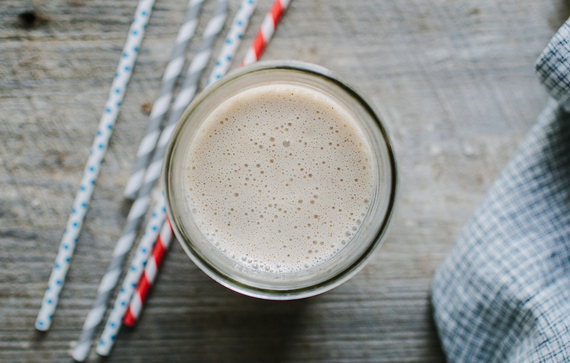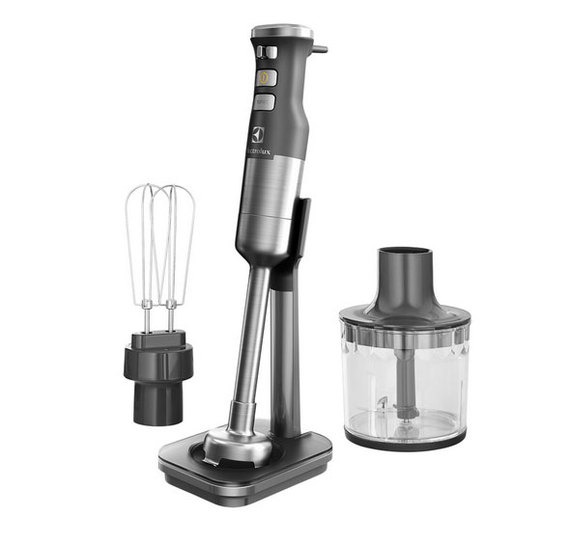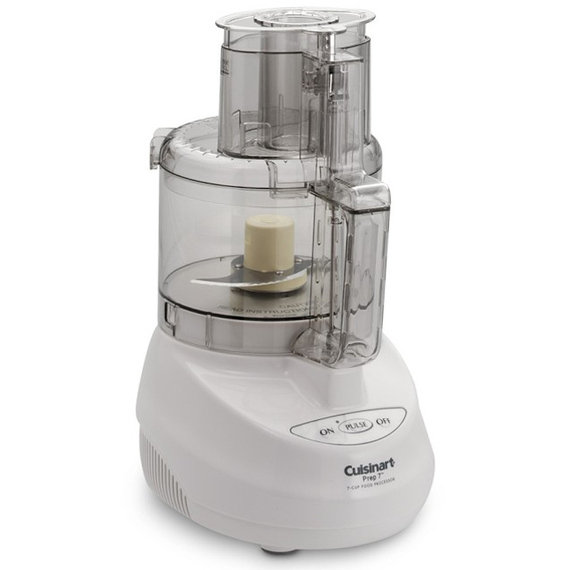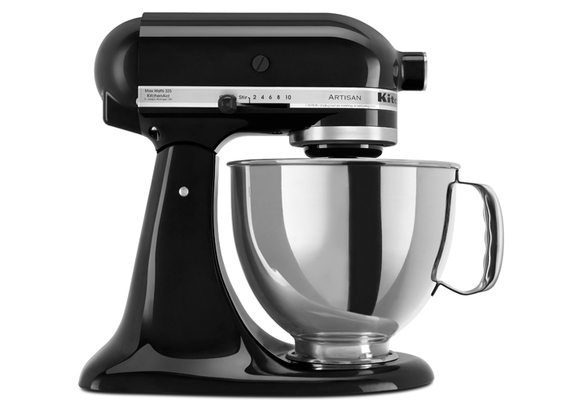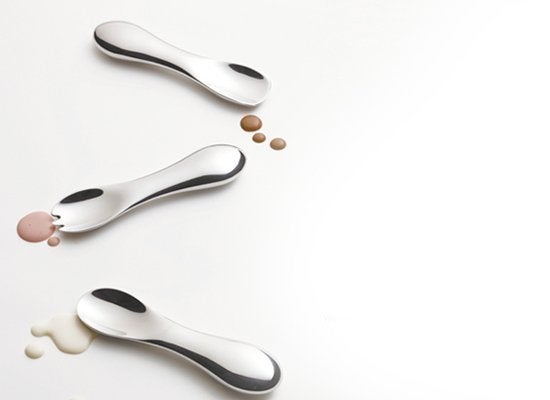BY ROCHELLE BILOW
Of all the appliances we stock our kitchen with, the blender, immersion blender, and the food processor are among the most useful. At first blush, they seem to perform similar tasks -- and could even be interchangeable. After all, they all use spinning blades to turn solid food into, well, not-solid food. But take a closer look and you'll see that there are tasks each appliance is best for. Here's when to use your blender, immersion blender, and your food processor -- and when to jump ship in favor of your stand mixer.
Blender
The blades of a blender are not super sharp. In fact, Rick Martinez, BA's associate food editor, says they're basically blunt objects. But the sharpness of the blade isn't what turns your boiled carrots and stock into soup. It's the powerful motor that gives blenders their super puréeing powers.
Smoothies and frozen cocktails definitely call for a traditional blender--again, that bossy motor can stand up to tough stuff, like ice. (Test kitchen manager Brad Leone's favorite thing to make in a blender? "Margaritas!") You can certainly use a blender to make puréed soup, but we prefer an immersion blender--more on why in a minute! That said, he deep "bowl" of the blender allows liquid to become agitated without overflowing or exploding through the lid (just don't fill it to the top). When in doubt, follow Martinez's rule: If it needs to be silky smooth and uniformly puréed, take advantage of the motor and use a traditional blender.
Immersion Blender
Don't want to dirty an extra set of dishes? The immersion blender is your best friend. Martinez also points out that it's a handy tool if your soup would require puréeing in multiple batches with a traditional blender. With an immersion blender, just submerge the blade in the pot or pan and let 'er rip. The immersion blender works best with foods that contain a liquid element, like soups or saucy purées. Word to the wise: Never use an immersion blender in a shallow pan. The blades should be completely submerged in the liquid, or else they'll splatter, decorating your kitchen walls with sauce or soup.
Depending on the model, immersion blenders can pack less of a punch than traditional blenders. Their motor can be less powerful, so if you're working with tough veggies or very large pieces of food, you will be better off with a traditional food processor. Here's our favorite immersion blender.
Immersion-Blend It:
Smoked Tomato Soup
Celery Soup
Food Processor
The blades of a food processor are ridged and razor-sharp. This is where they shine, because their motor isn't as powerful as a blender's. "A food processor is a great multi-use tool," explains Martinez. "It does many things efficiently." Food processors make quick work of tough, hard foods--like nuts and seeds. They also do the work of a chef's knife in some instances. Leone likes to use them for quickly pulverizing alliums like onions and garlic. You can also make pastry doughs in a food processor by quickly pulsing the motor.
When don't you want to use a food processor? With any food that is liquidy or loose. Although you can put soup in a food processor, we don't recommend it. You'd have to blend it in multiple batches, because the bowl of a food processor should not be overfilled. (The agitation will cause the liquid to escape through the lid or seep out the sides.) It's best to use a food processor for dishes that are a little chunky or textured, like pesto. (In fact, we'd argue that pesto is one of the best ways to use your food processor.) This machine really shines when you have many different-textured ingredients, like hard pine nuts, garlic, and tender basil.
Food-Pro It:
Ligurian Pesto
All-Butter Pie Dough
Stand Mixer
With multiple "attachments," the stand mixer is best for pastry-related tasks that require lots of mixing, churning, beating, or stirring. Because it's hands-free, you can achieve that fluffy, totally incorporated consistency without tiring out your biceps. You can whip cream in a stand mixer, cream butter and sugar, or even make bread dough--just swap out the beater or whisk attachment for a dough hook.
More from Bon Appétit:
A Little Spice Makes Everything Nice: 16 Cozy Cinnamon Recipes
14 Warm Drink Recipes to Keep You Cozy, From Hot Chocolate to Hot Toddies
How to Have an Adult Halloween Party Without Looking Like a Jerk
Also on HuffPost:
